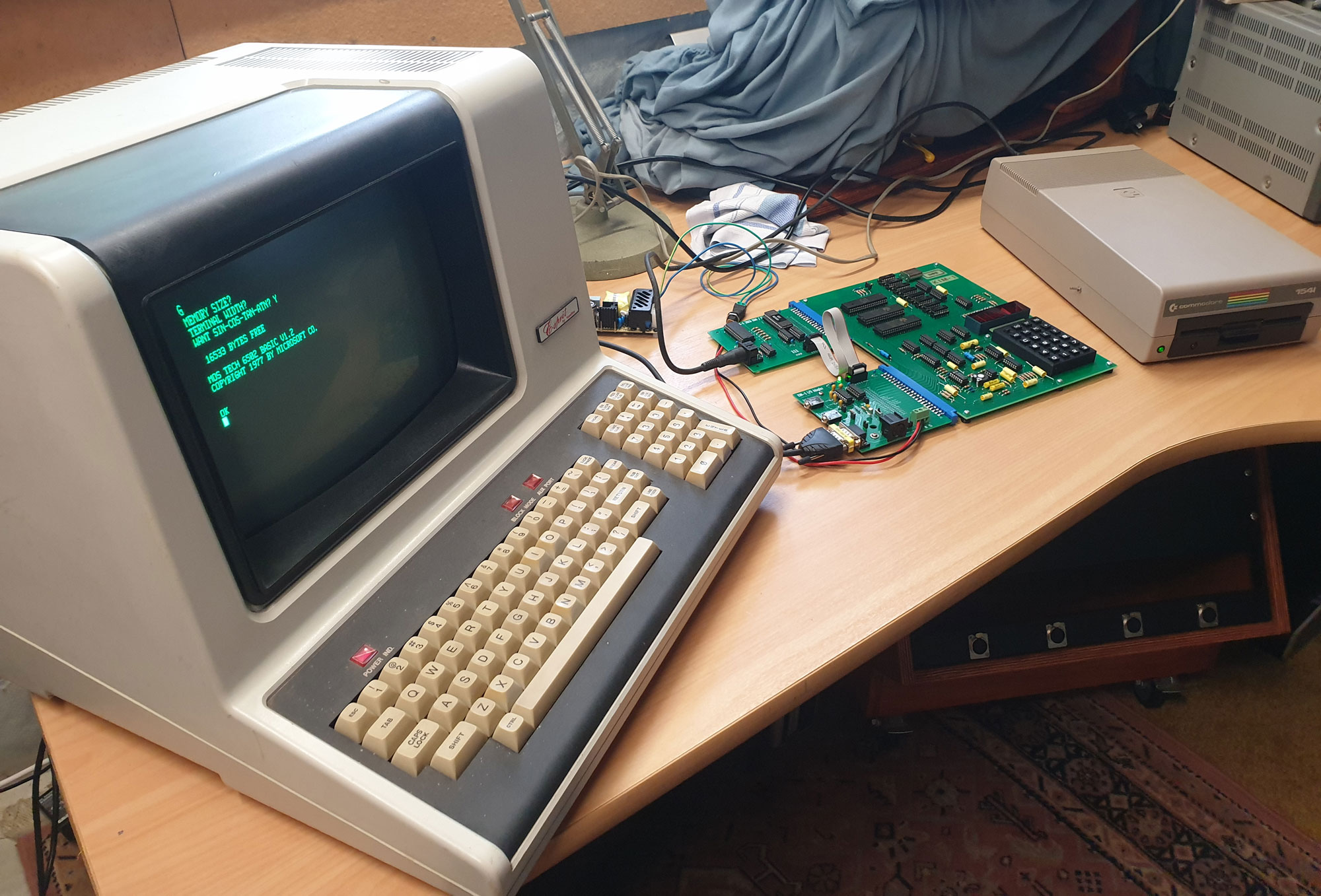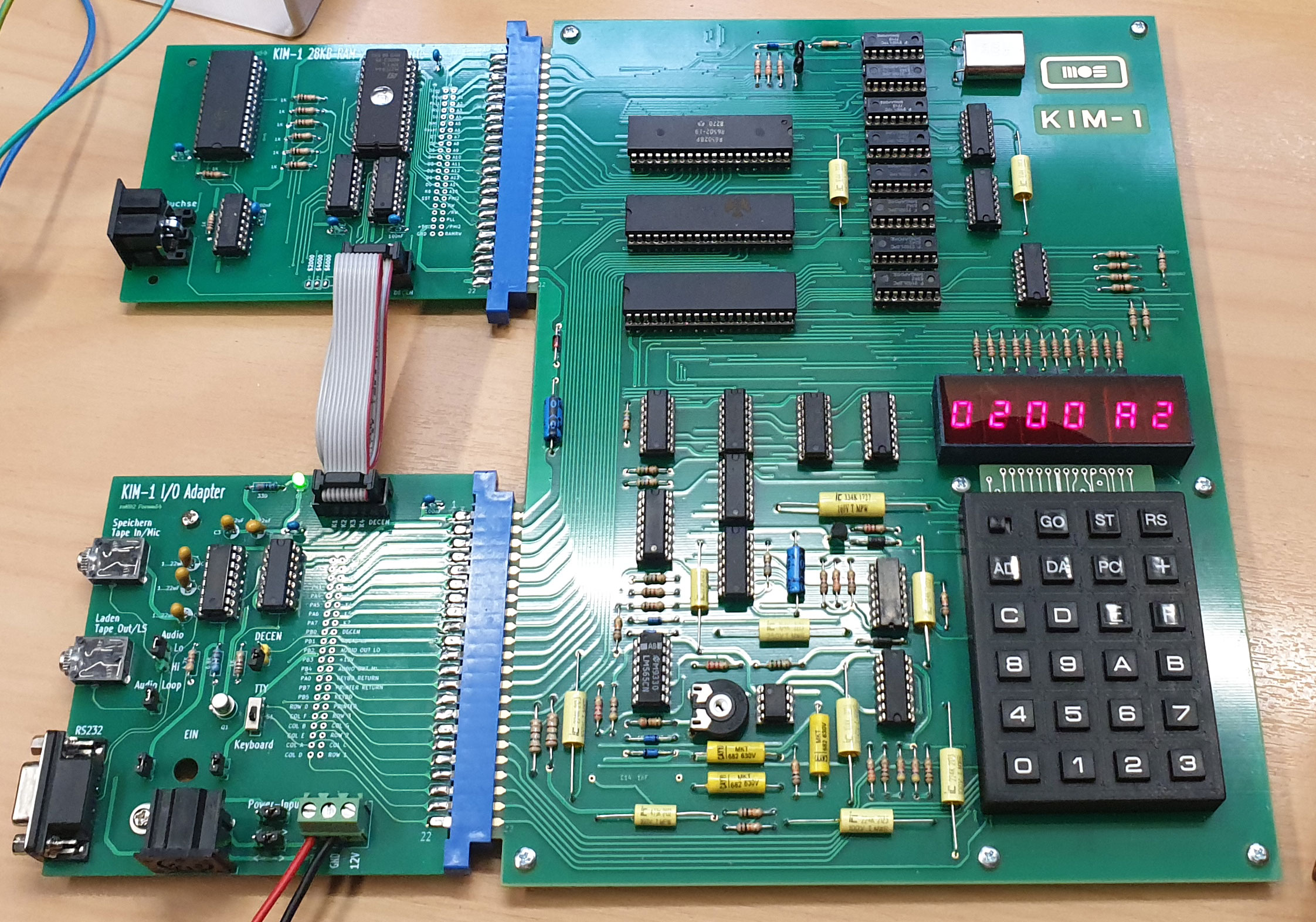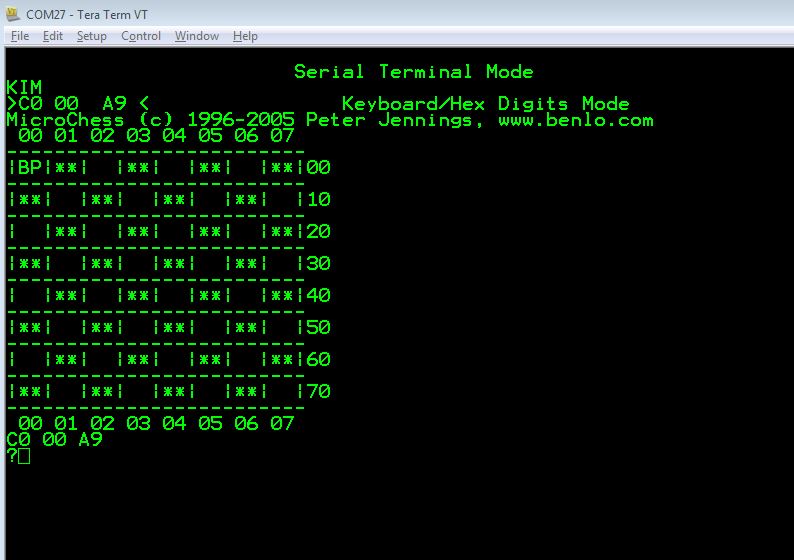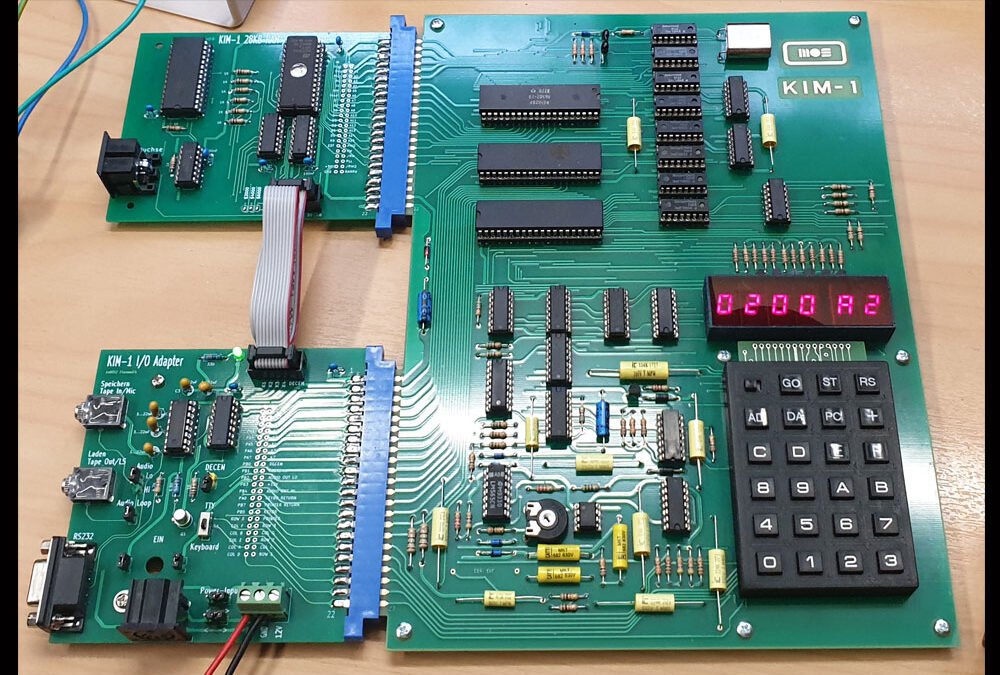KIM-1 that is closer to the original KIM-1 than any KIM-1 replica designed. A great achievement and a well deserved compliment to Ralf and the thread authors!
The work of Ralf is not limited to the KIM-1 replica itself. He also designed a KIM I/O module and a 1541 IEC/RAM/ROM module.
Noteworthy is the replica of the KIM-1 keypad.
The MOS Technology KIM-1, released in 1976, is a legendary single-board computer that played a pivotal role in the early days of microcomputing. It was designed as a development system for the 6502 microprocessor and became a favorite among hobbyists and engineers. Today, the KIM-1 is a cherished piece of computing history, and building a modern replacement from an electronic standpoint is a fascinating project for retro-computing enthusiasts. In this blog, we’ll explore the key steps and considerations for creating a KIM-1 replacement.
Building a MOS Technology KIM-1 replacement is a fantastic way to explore the roots of microcomputing while honing your electronics skills. By combining vintage design principles with modern components, you can create a functional and educational homage to one of the most iconic computers of the 1970s. Whether you’re a retro-computing enthusiast or an electronics hobbyist, this project offers a perfect blend of history, engineering, and creativity.
The KIM-1 featured:
- A MOS 6502 microprocessor running at 1 MHz.
- 1 KB of RAM (expandable to 2 KB).
- 2 KB of ROM containing the monitor program (TIM).
- A hex keypad and 7-segment LED display for input and output.
- Serial I/O for communication with a terminal or other devices
- Expansion connectors for adding peripherals or memory.

I first built a Rev 1 board before getting some Rev 2 board made.

Kim 1 setting next my version of the Micro-Kim and the Pocket265 a handheld 6502

Kim 1 connected up to the IEC port of the C64 Disk drive. Now able to load programs from floppy disk

Rev 2 PCB, Added a LED bezel over the LED display as it easy to see in a image


